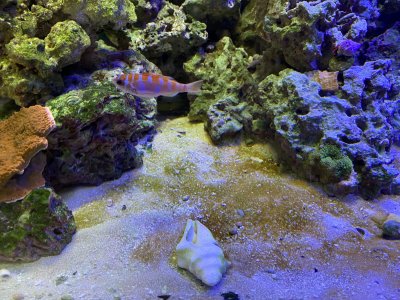- Joined
- Dec 13, 2018
- Messages
- 1,124
- Reaction score
- 695
Hey all,
Ive had my 220g tank running for 4 years but I still feel like a total newbie.
I have a variety of corals that are growing slowly but the colors are disappointing and I never see their polyps extend. My mushrooms dont get larger than a quarter and then seem to disappear.
At this point I feed my tank 2-4 times a day depending.
I do not feed the corals.
Water changes every 2-3 weeks
I run 12 hrs black box lights with whites at 1% and blues at 45-70% depending on who they are over.
I do have a refugium but I recently used Vibrant to deal with a stubborn algae issue and it wiped my chaeto out.
My parameters generally run:
ca: 450
alk: 10ish
mag: 1500
nitrate: 10ish
phos- 0-.4 (Phos usually is at 0 on hanna checker, I just got some NeoPhos to elevate it a bit but recently due to algae/dino die off the phos is at .3 so im trying to bring it down and maintain around 0.03)
So what steps would you take? Change the lighting? Feed the corals? Change the flow? Change a parameter?
How long would you give to see if the change is working before trying something new?
I attached a few pics. The corals seem healthy and are growing.... but just blah coloration.
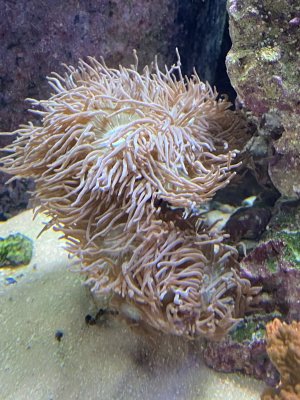
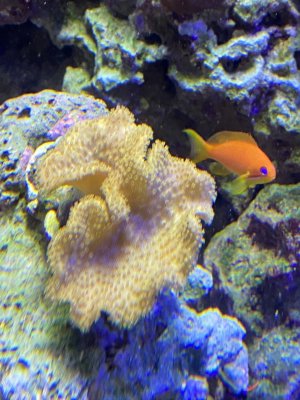
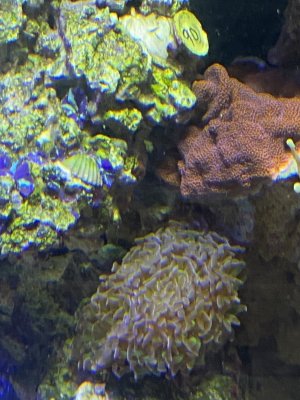
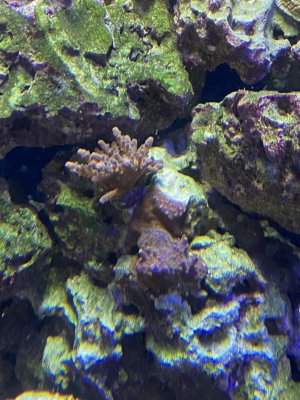
Ive had my 220g tank running for 4 years but I still feel like a total newbie.
I have a variety of corals that are growing slowly but the colors are disappointing and I never see their polyps extend. My mushrooms dont get larger than a quarter and then seem to disappear.
At this point I feed my tank 2-4 times a day depending.
I do not feed the corals.
Water changes every 2-3 weeks
I run 12 hrs black box lights with whites at 1% and blues at 45-70% depending on who they are over.
I do have a refugium but I recently used Vibrant to deal with a stubborn algae issue and it wiped my chaeto out.
My parameters generally run:
ca: 450
alk: 10ish
mag: 1500
nitrate: 10ish
phos- 0-.4 (Phos usually is at 0 on hanna checker, I just got some NeoPhos to elevate it a bit but recently due to algae/dino die off the phos is at .3 so im trying to bring it down and maintain around 0.03)
So what steps would you take? Change the lighting? Feed the corals? Change the flow? Change a parameter?
How long would you give to see if the change is working before trying something new?
I attached a few pics. The corals seem healthy and are growing.... but just blah coloration.









